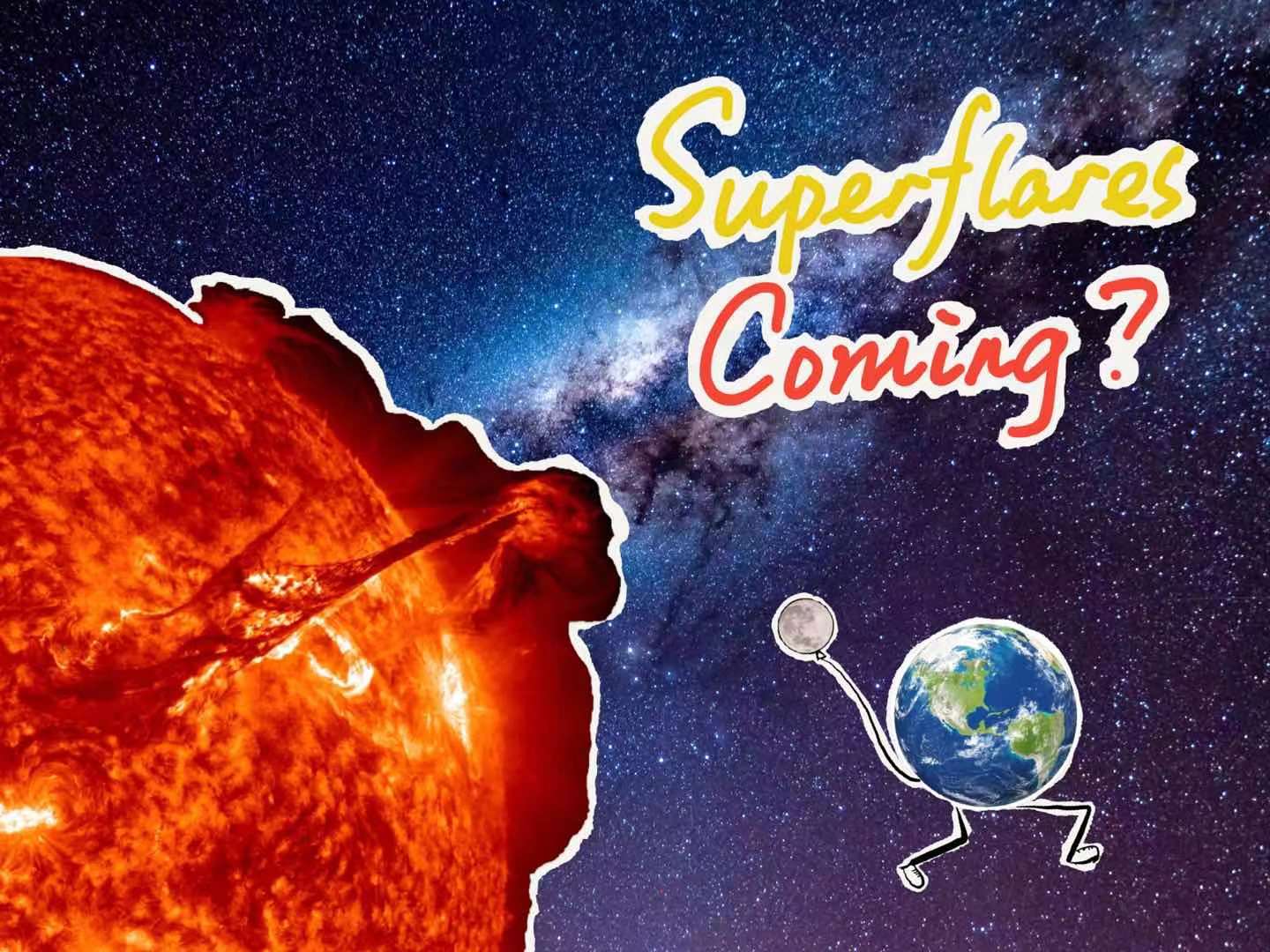Superflare is an energetic stellar activity, whose explosion energy can be more than ten thousand times that of a typical solar flare. They erupt tremendous energies in just hour-scale duration, which will definitely ruin the planetary system nearby.
A research team led by Prof. WANG Fayin from Nanjing University, cooperating with Dr. WANG Haifeng from Yunnan University, used the photometric data from TESS and the spectroscopic data from LAMOST to explore superflares on solar-type stars, whose surface temperature and gravity are similar to that of the Sun.
The researchers found that a single solar-type star is capable to generate superflares, however, the Sun might not generate superflare due to generally lower chromospheric activity compared with other solar-type stars.
The results were published in The Astrophysical Journal Supplement Series.

Since July 2019, TESS began its 2nd year mission to observe the northern hemisphere of the sky, while LAMOST has been spectroscopically observing since 2012. They provide powerful data support for the study on stellar superflares.
The Large Sky Area Multi-Object Fiber Spectroscopic Telescope, or LAMOST for short, is operated by the National Astronomical Observatories of Chinese Academic of Sciences (NAOC).
In this work, the researchers found 1,272 superflares of 311 solar-type stars from the TESS data, and over 7,454 solar-type stars in the TESS catalogue have corresponding LAMOST spectral data, among which 79 stars generated superflares.
Using the LAMOST spectral data, they estimated the stellar S-index, which is closely related to stellar spots. The value of S-index is positively correlated with stellar magnetic strength.
Meanwhile, TESS not only provides the opportunity to search for superflare events with stellar light curves, but also gives the chance to estimate stellar spots coverage rate (Rvar) of the stars. The Rvar value is directly related to the capability of a star for generating superflares.

The researchers found that those flaring stars apparently show relatively higher S-index and Rvar than other none-flaring stars. Furthermore, compared with S-index and Rvar of the Sun, flaring solar-type stars are much more active.
"Our work confirms that a single solar-type star can generate superflares," said TU Zuolin, the first author of the study. "We might be safe, because the possibility of the Sun to generate superflares and destroy the Earth is low."
In the future, the researchers will use more spectroscopic information including medium-resolution surveys from LAMOST to understand the physical mechanism of superflares on solar-type stars, more deeply and comprehensively.






